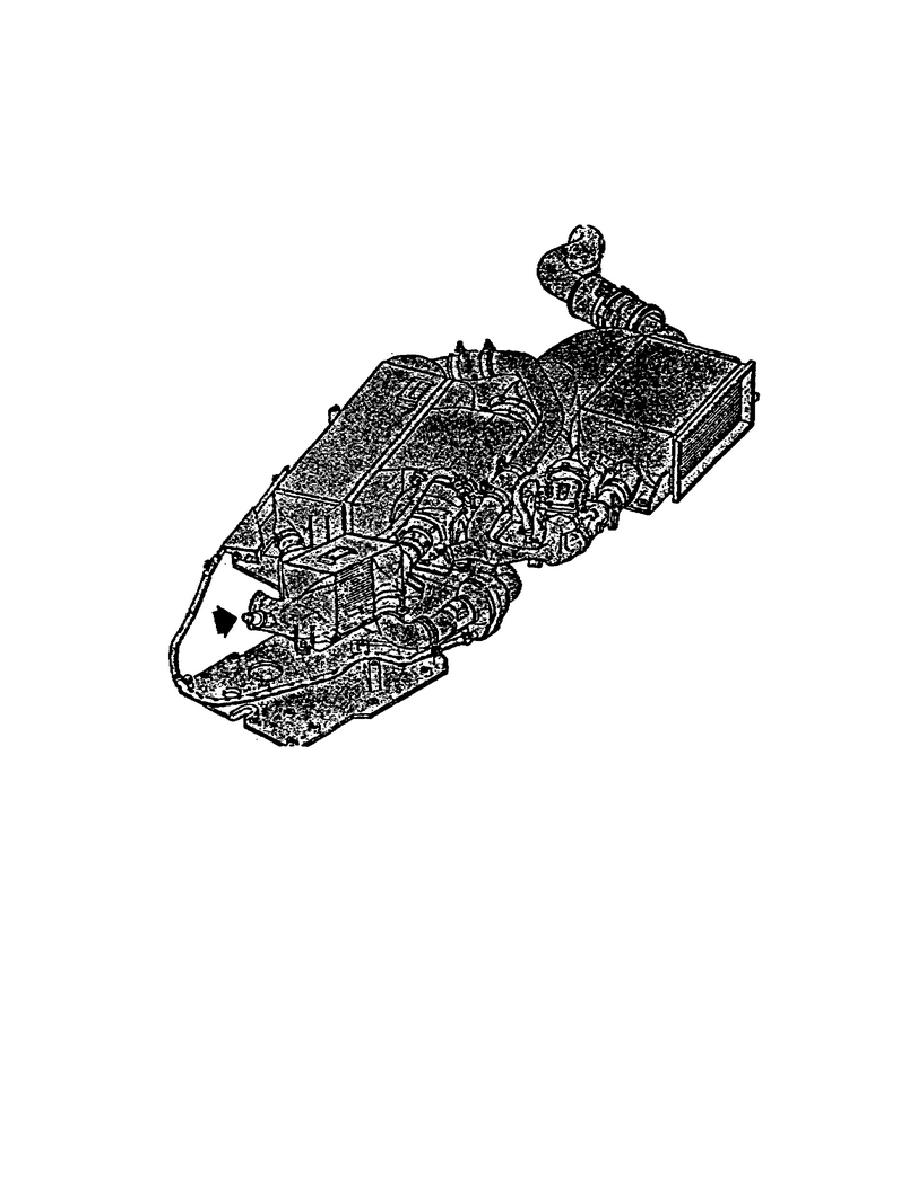
the resistance of the sensor increases.
For example, if
the temperature around the sensor was 77,F, the sensor
would have a resistance of approximately 2000 ohms. If the
temperature around the probe drops to 35,F, the resistance
increases to 5290 ohms, and if the temperature around the
probe increases to 104,F, the resistance decreases to 1146
ohms.
Figure 1-30.
Anti-Ice Sensor Location.
Failure Mode.
If the sensor fails open, the resistance
goes to maximum, simulating a very low temperature around
the sensor. This causes the temperature controller to send
out a signal telling the anti-ice valve to open, adding
heat to the turbine discharge air. This heats the turbine
discharge air until it becomes too hot.
If the sensor fails shorted, the resistance goes to
minimum, simulating a very high temperature around the
sensor.
This causes the temperature controller to send a
signal telling the anti-ice valve to close. In turn, this
causes the turbine discharge air temperature to drop
drastically, possibly freezing the condenser.
26
OD1705




 Previous Page
Previous Page
